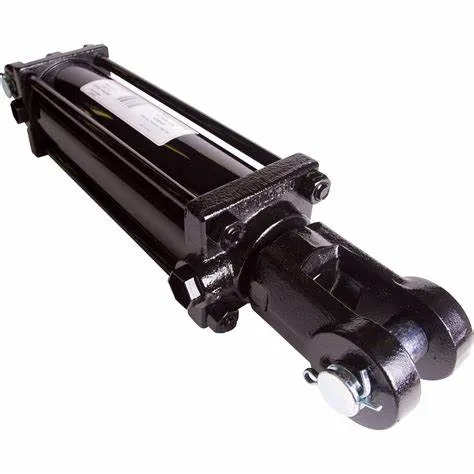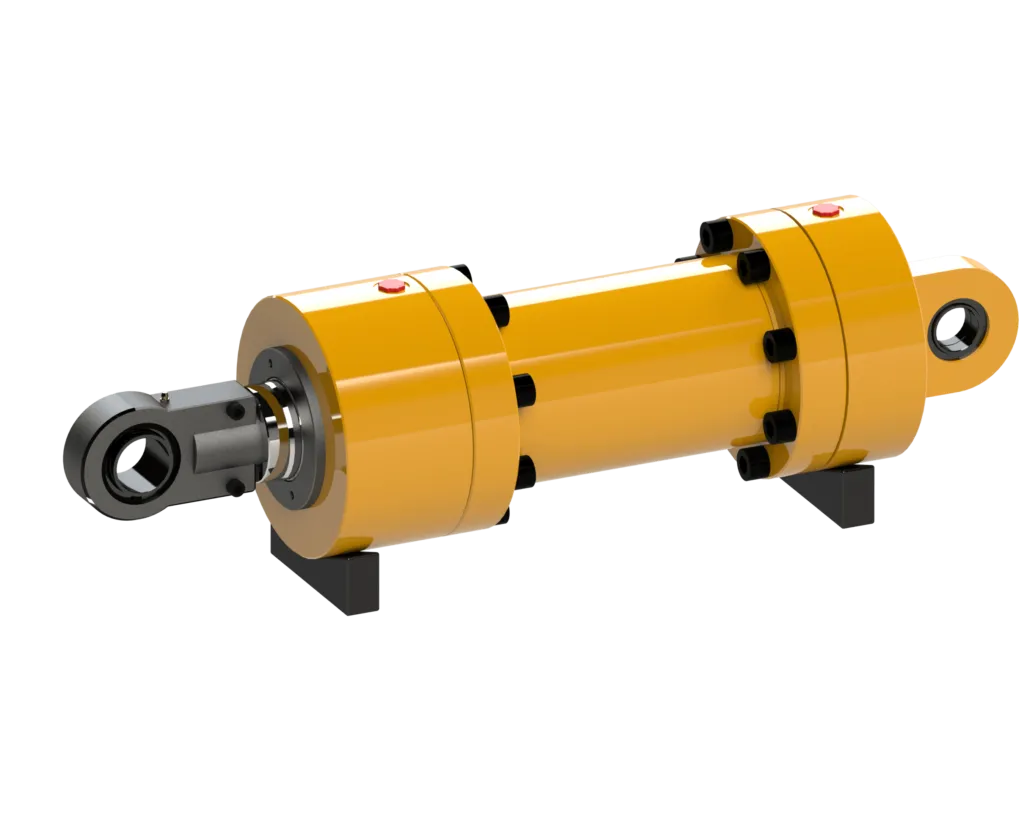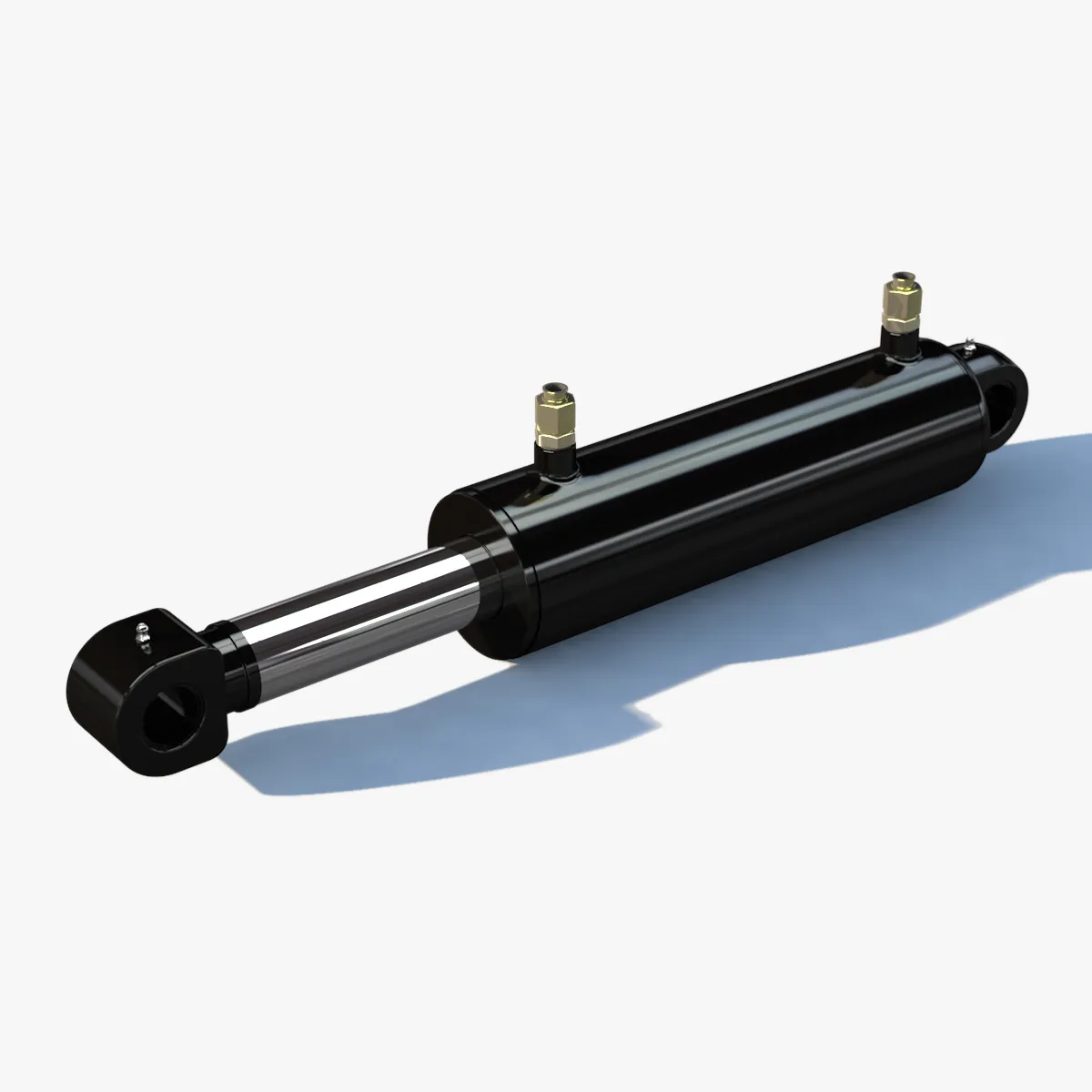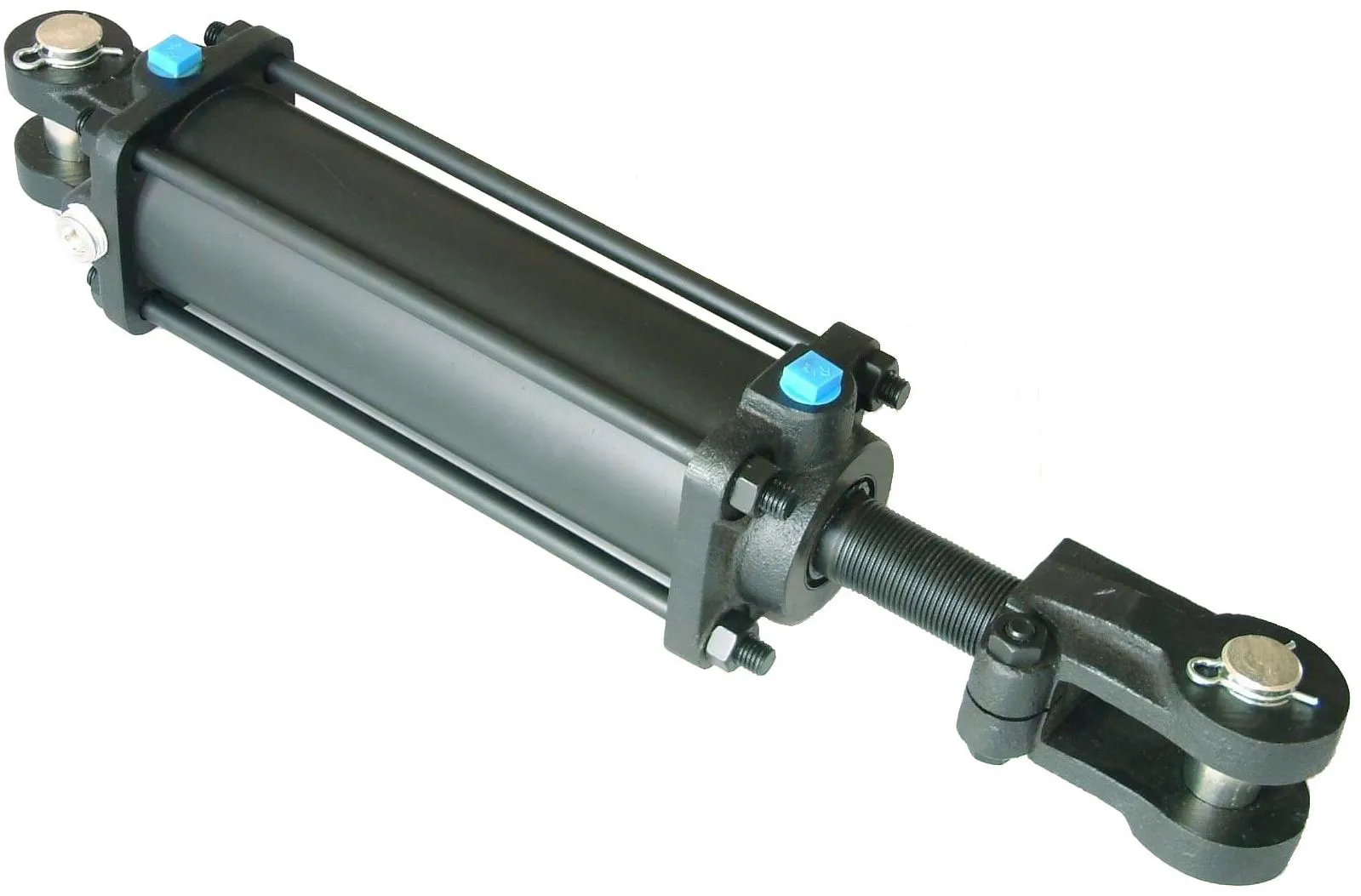
Unlocking the Potential of Locking Single-Acting Hydraulic Cylinders
Understanding the Locking Single-Acting Hydraulic Cylinder
The term “Locking Single-Acting Hydraulic Cylinder” refers to a hydraulic cylinder that operates in one direction under hydraulic pressure and features a locking mechanism to prevent movement in the absence of pressure. This unique design ensures safety and stability in heavy-duty applications.
Design and Construction Features
- Locking Mechanism – Safety: The locking mechanism of this cylinder keeps the piston securely in place even when hydraulic pressure is lost, preventing accidental retractions. It can be mechanical or hydraulic, depending on the application requirements.
- Variety: The locking mechanism design can be customized with spring-loaded devices, pin locks, or other mechanical locks to suit specific needs.
- Compact Structure – Space Optimization: These cylinders are designed to be compact for use in confined spaces, making them ideal for various equipment and machinery.
- Precision Manufacturing – High-Precision Machining: Components are machined with high accuracy to ensure proper fit and sealing performance, minimizing the risk of leakage.
Working Principle of Locking Single-Acting Hydraulic Cylinders
These cylinders operate using a single-acting mechanism where hydraulic oil extends the cylinder and a locking mechanism holds the piston in place. The locking function can be mechanical or hydraulic, ensuring load safety even in the event of pressure loss.
Types and Configurations
There are three main types of locking single-acting hydraulic cylinders, each offering unique configurations tailored to specific applications:
- Type 1: Spring-Loaded Locking Devices
- Type 2: Pin Locks
- Type 3: Customized Locking Mechanisms
Benefits of Locking Single-Acting Hydraulic Cylinders
- Enhanced Security: The locking feature reduces the risk of accidents and improves operator safety.
- Reliability: These cylinders are designed to operate effectively under high loads and varying conditions.
- Simplicity: Easy to operate and maintain, making them user-friendly for various applications.
Applications of Locking Single-Acting Hydraulic Cylinders
- Construction Equipment: Commonly used in cranes, hoists, and lifts for heavy object stabilization.
- Manufacturing: Utilized in presses for forming materials under high pressure.
- Transportation: Ideal for stabilizers and jacks in vehicles to ensure safety during maintenance or transport.
Design Considerations and Selection Criteria
Several factors need to be considered when designing and selecting locking single-acting hydraulic cylinders, including bearing capacity, sealing, durability, safety, and maintainability.
Sealing and Lubrication
Proper seals and lubrication are essential for the longevity of these cylinders. Using high-quality seals and regularly applying hydraulic oil for lubrication can prevent wear and ensure smooth operation.

Regular Inspection and Maintenance
Implementing regular inspection and preventive maintenance measures can help prolong the lifespan of locking single-acting hydraulic cylinders. This includes checking for leaks, monitoring performance, and addressing any issues promptly.

Installation Guide
Proper installation is crucial for the optimal performance of these cylinders. Follow manufacturer guidelines, ensure correct alignment, and use appropriate mounting brackets for secure attachment.
Maintenance Tasks
Regular inspection, proper lubrication, seal replacement, and calibration checks are essential maintenance tasks to uphold the efficiency and reliability of locking single-acting hydraulic cylinders.
Safety Considerations
Observing safety measures during operation and considering environmental factors can prevent accidents and ensure the longevity of these cylinders.
Fault Diagnosis and Troubleshooting
Understanding common problems and troubleshooting tips can help diagnose issues and address them effectively, minimizing downtime and optimizing performance.
Unit Power Considerations
Factors such as cylinder diameter, stroke, operating pressure, piston speed, and load conditions influence the power output of locking single-acting hydraulic cylinders.
Optimizing Power Unit
Optimizing the power unit of these cylinders can enhance efficiency, save energy, and improve reliability, leading to increased productivity and reduced operating costs.
FAQs
Here are answers to common questions about locking single-acting hydraulic cylinders:
- How does the locking mechanism work? The locking mechanism prevents piston movement when pressure is lost.
- What are the main components? Components include the piston, seals, locking mechanism, and hydraulic fluid.
- Advantages over standard cylinders? Locking cylinders offer enhanced safety and stability in critical applications.
Long-Tail Keywords
Three long-tail keywords related to locking single-acting hydraulic cylinders are:
- Heavy-Duty Locking Cylinder: Designed for demanding applications requiring safety and reliability.
- Customized Locking Actuators: Tailored solutions for specific industry needs.
- Precision Locking Mechanisms: Engineered for high-performance and precision operations.

Our Company
We are a leading manufacturer of hydraulic cylinders, specializing in locking single-acting cylinders for heavy-duty applications. With a focus on quality, reliability, and customer satisfaction, we provide a complete range of products and services tailored to meet diverse industry needs.
